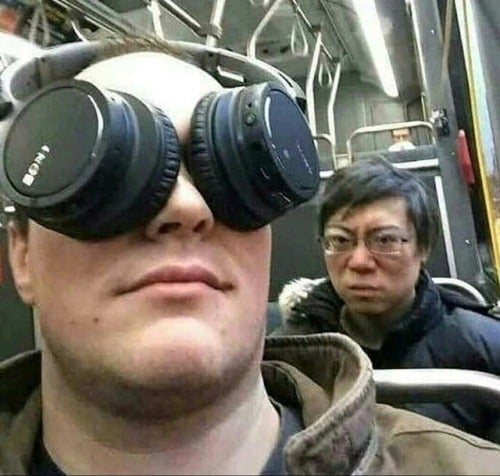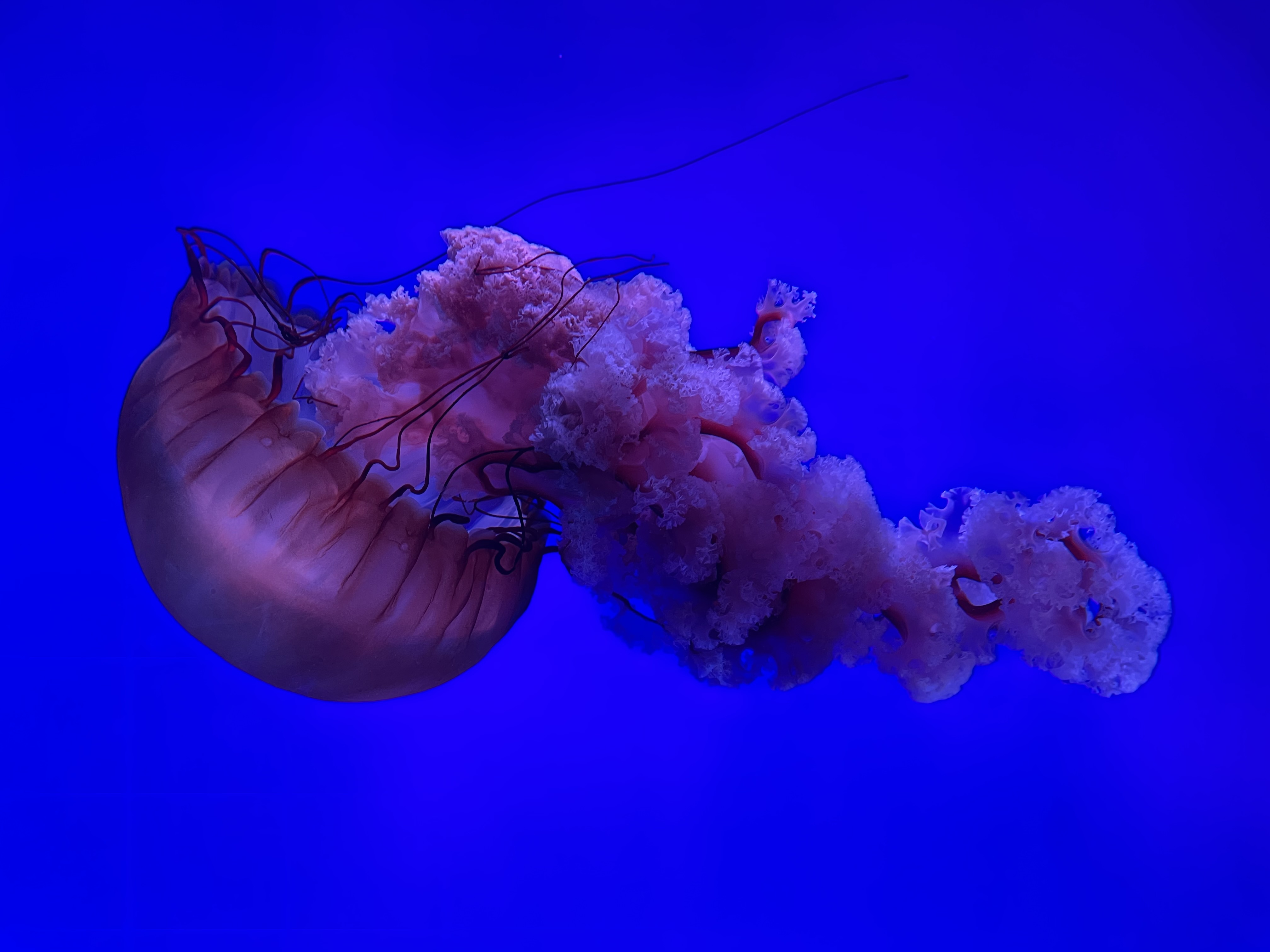Because it also breaks down everything else, like plastic, wood, your skin, your DNA, and then you have cancer.
At least according to the article, there seems to be some evidence that shorter wavelength UV can’t penetrate deep enough to cause those issues. It gets absorbed by the outer dead skin layer and liquid layer around your eyes.
From what they’re saying, it sounds like the biggest issue now is that UV light creates ozone and smog, which are obviously toxic. And that doesn’t seem to have an obvious solution, in the article they’re basically discussing how much smog is an acceptable trade off
deleted by creator
Because we have skin and eyeballs?
Doesn’t explain why we don’t use them to sanitize rooms while we’re not in them.
What does explain it is that UV also damages stuff too. You use it to sanitize your living room, and soon the fabric on your couches will start losing their color. The paint on your walls will start flaking off. The plastic frames of the frames on the wall will start crumbling away or turning sticky. Nobody wants that in their house.
UV is used to sanitize stuff when people aren’t around but yeah, it does damage a lot of materials so that’s a pretty limiting factor. I’ve seen them used inside air circulators to kill bacteria for over a decade too (usually in hospitals and restaurant kitchens).
I have a UV lamp from when I was making sure the room was relatively sterile for our newborn.
So here’s my say:
- The room rapidly stinks of ozone. Ozone is a free radical that fucks up everything, including your lungs. We didn’t enter the room until about half an hour after the UV was off (Ozone recombines pretty quickly).
- UV lamps are frequently used to sterilise hospital rooms because people are usually immunocompromised. Our newborn was fine, but it may have helped.
- COVID turns up in the comments: you cannot emit UV everywhere anytime without, again I quote, fucking people’s lungs up. And COVID was pretty good at spreading anywhere and everywhere, so haha, nope.
- Those fun UV lamps that make stuff glow in the dark? Pretty damn close to visible colour violet, and low intensity (we use them in the dark, no?). This UV lamp for sterilisation? Look at it for a couple of seconds and you are already burning a hole in your retina.
If this also affects other bacteria and germs, wouldn’t that mean people would not build up immunity to anything around them. It’s reasonable for places like airports, hotels, and public spaces and subways but not “everywhere”
Possibly but it also might cause it to go into overdrive. The immune systems ultimate goal is to find things that are not you that are inside of you and remove them. An immune system with no interaction with the outside environment could be vulnerable to very mild infections or it could start to recognize parts of itself as foreign and attack itself, otherwise known as autoimmune disease. It’s a complicated system that we don’t fully understand, although we have a pretty good understanding.
Do you like sand in your eyes?
Because that the feeling you will wake up to after spending a day in a room with UVC lights.
'Cause people start complaining. https://arstechnica.com/health/2023/11/bored-ape-creator-says-uv-lights-at-apefest-burned-attendees-eyes-and-skin/
To be fair, NFT bros are the last people I would expect to hire professionals who are qualified to install UV sterilizing lights safely (proper ventilation to avoid excess Ozone, using only far-UVC for anything that could shine directly at a human, etc).
Those NFT losers had a similar idea, and while it may have burned their eyes and skin it’s probably the closest they’ve ever come to a shower.
This is the best summary I could come up with:
Ultraviolet retained a small coterie of enthusiasts over the ensuing decades, focused narrowly on preventing transmission of tuberculosis — which has no reliably effective vaccine for adults — in its remaining hotbeds, like homeless shelters.
The biggest test it received, the Tuberculosis Ultraviolet Shelter Study of 1997-2004, demonstrated that “upper room” UV, in which UV-emitting lamps are placed at least 6.9 feet above the floor where they can disinfect air without harming humans, was safe.
It wasn’t — detective work from scholars including Linsey Marr, Jose-Luis Jimenez, and Katherine Randall in the middle of the pandemic determined that this conclusion was based on a misinterpretation of the Wellses’ research that had somehow persisted for decades in the medical profession.
“This is the most difficult talk I’ve had to give in my career,” Jose-Luis Jimenez, a distinguished professor of chemistry at the University of Colorado, told the audience at the first International Congress on Far-UVC Science and Technology this past June.
But 2020 was also an unusually brutal year for airborne disease: 49,783 Americans died from influenza in 2019, for instance (and none from Covid); 1 percent of that number is about 500 people, which starts to feel comparable to the air pollution cost Jimenez identifies.
Jimenez favors using UV in very high-risk locations, such as hospitals, but worries that construction companies, schools, malls, and the like will seize on the potential of far-UV as an excuse not to invest in proper ventilation and filtration, leaving us with the ugly trade-off he identifies.
The original article contains 4,104 words, the summary contains 252 words. Saved 94%. I’m a bot and I’m open source!
Wow, a lot in this. Thanks for posting!! I want to watch progress in this area, as it’s exciting to think that, indeed, URI cases could be significantly reduced in number and severity with the right measures. In my clinic we opted to use multi-stage HEPA filters in each room, and space patients such that the air circulates thru the filters sufficiently between patients. Everyone is also masked.
Because doing that is stupid. Bullets can kill viruses too if they hit them dead on, why don’t we have them everywhere too? Just in case.
This reply hurts my brain …
A lot of people missed the point but w/e
More like “Bullets can kill almost all the terrorists in a room. Why aren’t they everywhere?”







